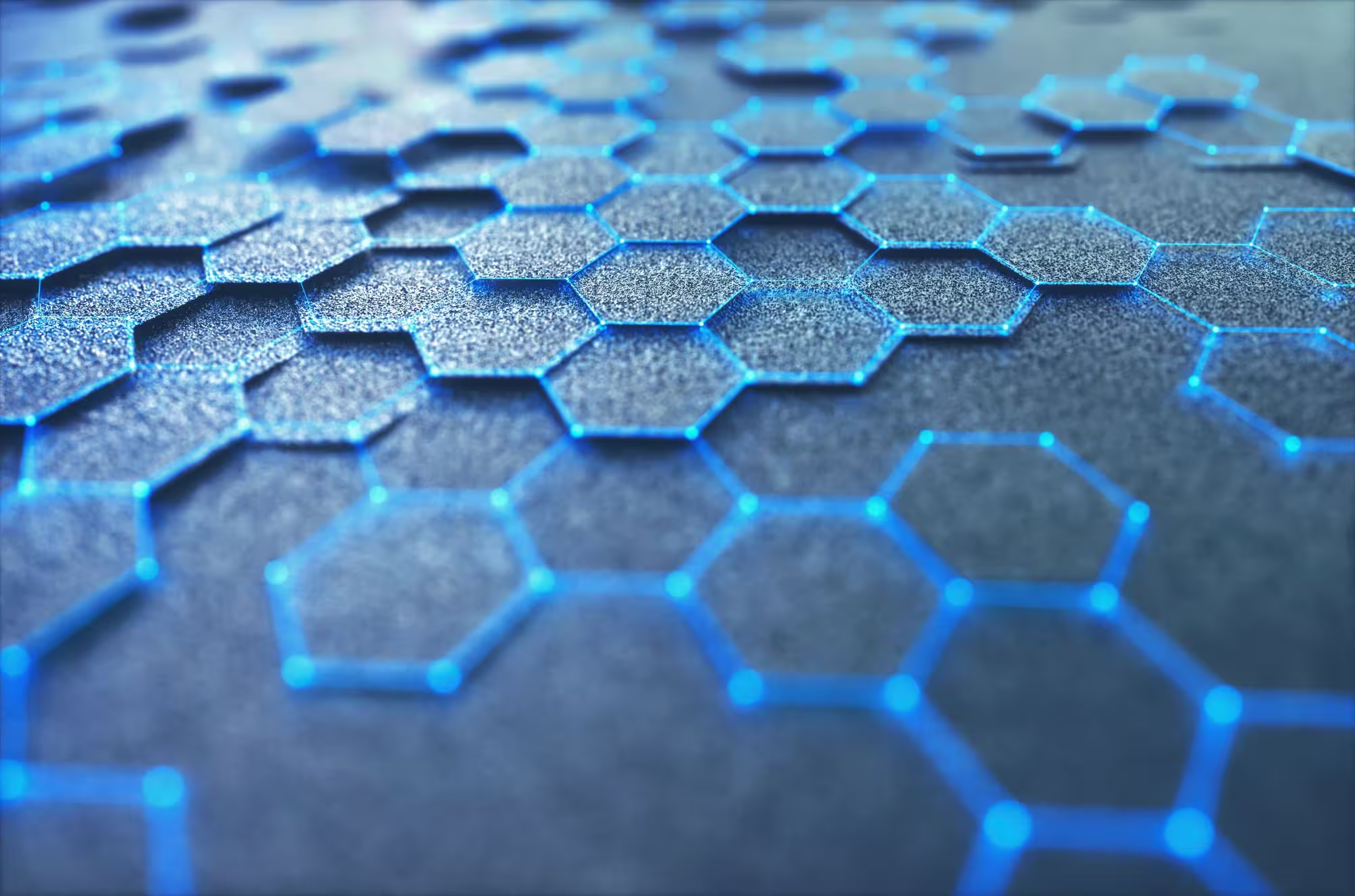Layered Materials Research Foundry

Graphene is a remarkable material for devices that use both light and electricity, thanks to its ability to move electrical charges quickly at room temperature, its adjustable light-absorbing properties, and its consistent absorption of light across different wavelengths. The success of graphene has sparked interest in many other layered materials (LMs), which can have their properties adjusted by changing the number of layers or how those layers are arranged. By stacking different layers together, scientists can create custom materials with unique characteristics. While many materials can be turned into these thin layers, only a few have been thoroughly explored so far.
The Layered Materials Research Foundry (LMRF) aims to build a new platform that combines these layered materials with silicon photonics, focusing on advanced technologies like 5G, 6G, and quantum communications. This integrated approach will enable innovative designs that can achieve new levels of performance. Graphene, which is further along in its development, is now being used for cutting-edge applications in opto-electronics, photonics, and sensors. Graphene-based devices have already shown impressive results, such as lower energy use and advanced light sensors that can detect a wide range of wavelengths. These sensors are useful in areas like autonomous driving, remote sensing, security, and ultra-sensitive detectors for industry, environmental monitoring, and healthcare. Fully developing these applications could bring major technological advancements to various industries.
